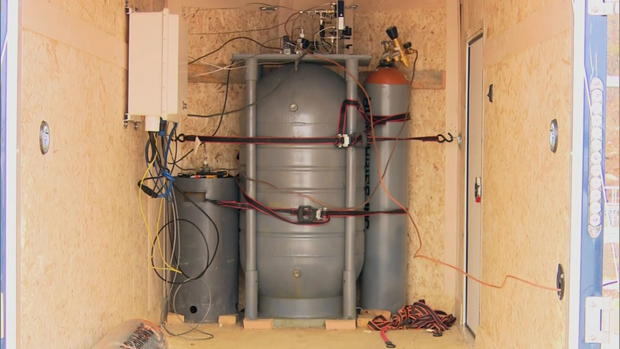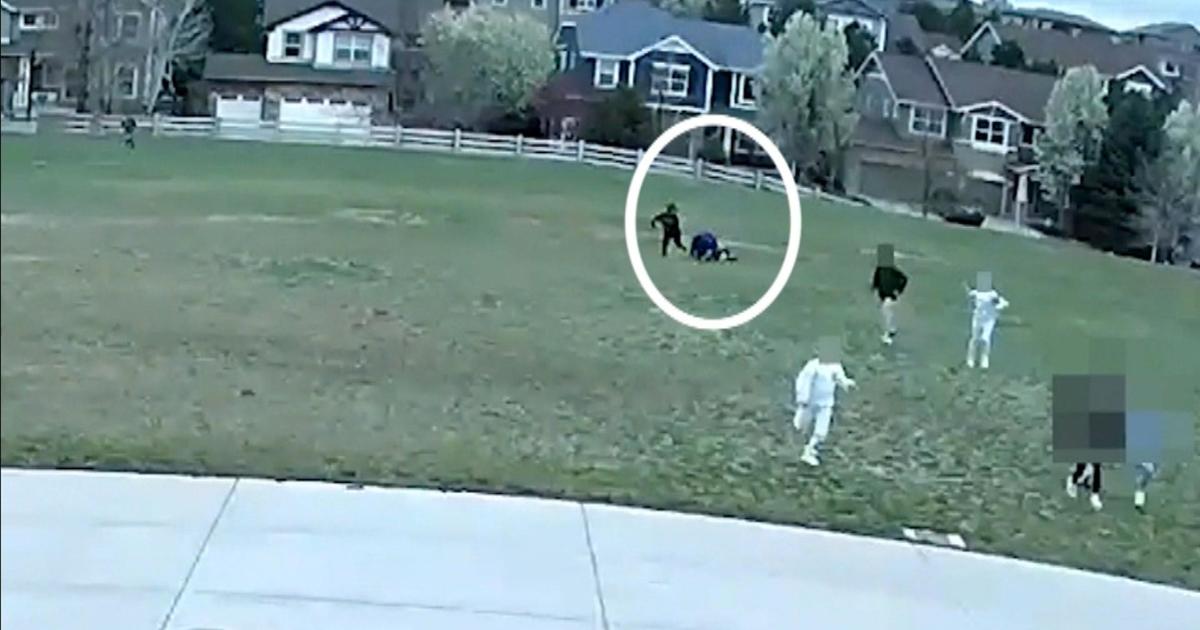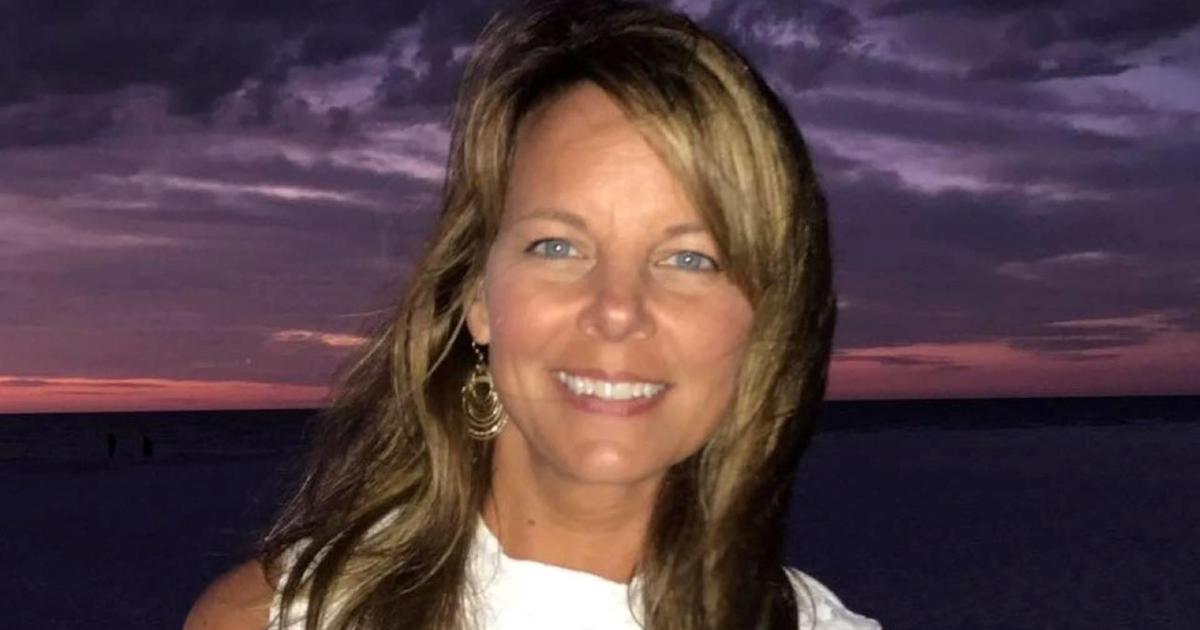Experts turn to cloud seeding to test weather modification along Colorado's Front Range
As scientists and water managers work to find solutions for the growing water crisis, a few experts in the Front Range are turning to Cloud Seeding, a form of snowmaking that uses naturally occurring compounds to encourage extra moisture to fall from a given storm.
For the first time ever, the technology will be used in Colorado's Front Range as a pilot program within the Saint Vrain and Left Hand Water Conservancy District.
"One of the really cool things about the process and the program is that it benefits everybody in the watershed. We're increasing snowpack, that snowpack turns into runoff anybody who is a water user and just anybody, but also environmental purposes, recreational purposes, all of those benefit from the results of cloud seeding," said Scott Griebling, water resources engineer for the Saint Vrain and Lefthand Water Conservancy District.
Cloud Seeding has been utilized to increase precipitation since the 1940s, but efficacy is in question because of many variables when it comes to getting results.
Still, experts point out that it's relatively simple technology, it's cheap, and under the right conditions, has been shown to work. For many stakeholders, that's enough to keep trying.
"Cloud seeding and weather modification programs have been shown to increase the snowpack and then the subsequent runoff by anywhere from 5% to 10% and so if you're looking at a watershed that produces for example 100,000-acre-feet of water per year, so an acre-foot is a football size field of water that's about a foot deep if you're increasing that by 5% or 10%, that actually amounts to a lot of water," Griebling said.
There are now eight state-permitted cloud seeding generators across Colorado. Griebling's is located just east of Lyons.
"We're considering this a pilot program because we're seeing how well this works in our area," he said.
The district's generator was set up in December and has only been tested once. Griebling said increased avalanche danger is part of the reason they haven't fired it up more but in general, to properly cover the target area, the winds need to be just right.
"To get the cloud seeding agent (silver iodide) dispersed up into the clouds where it can increase snowfall, we need good upslope winds and so those storms are the east to west storms that we're gonna be targeting," he said. "Our target area is the Saint Vrain and Lefthand Basin, so roughly from about Rocky Mountain National Park down to about ward Colorado."
The cloud seeding agent, silver iodide, is a naturally occurring compound that is safe and barely detectable when dispersed through cloud seeding. Additionally, the cost is low as it takes close to $30,000 per season to operate.
Griebling is excited about the potential but knows good results aren't guaranteed. It's the reason he and other experts know, this cannot be the primary or even secondary solution.
"There's two levers you can pull you can increase supply or you can reduce demand and people are looking at different levers within each of those to improve the situation to reduce that supply and demand and find a balance," said John Berggren, senior regional water policy analyst at Western Resource Advocates.
Berggren helps create the policies that help the state manage the Colorado River Basin. He is not against cloud seeding but isn't focused on it as a solution.
"One area where it's been done for decades in Colorado is ski resorts. It's cheap for them, maybe it helps get another inch of powder that day and that makes their clientele a little happier," he said.
For Berggren, it's the consistency and reliability of the results.
We can estimate the increase in snowfall rates from storms but what it means for overall river basin supply, it's almost impossible to do," he said. "I get why people do it, again it's cheap, the technology is there it's pretty easy it may help, it may work. To the point earlier, it's one of many many things, it can't be the end all be all."
It's not the only tool for Griebling, but he believes even a small increase in the snowpack will help.
"The most important thing for my district is that cloud seeding, and weather modification is one of the most cost-effective ways that we can build resilient local water supplies and increase the amount of water that's available to all of our constituents."
Griebling says his district plans to study the results in hopes of expanding the program down the road.






